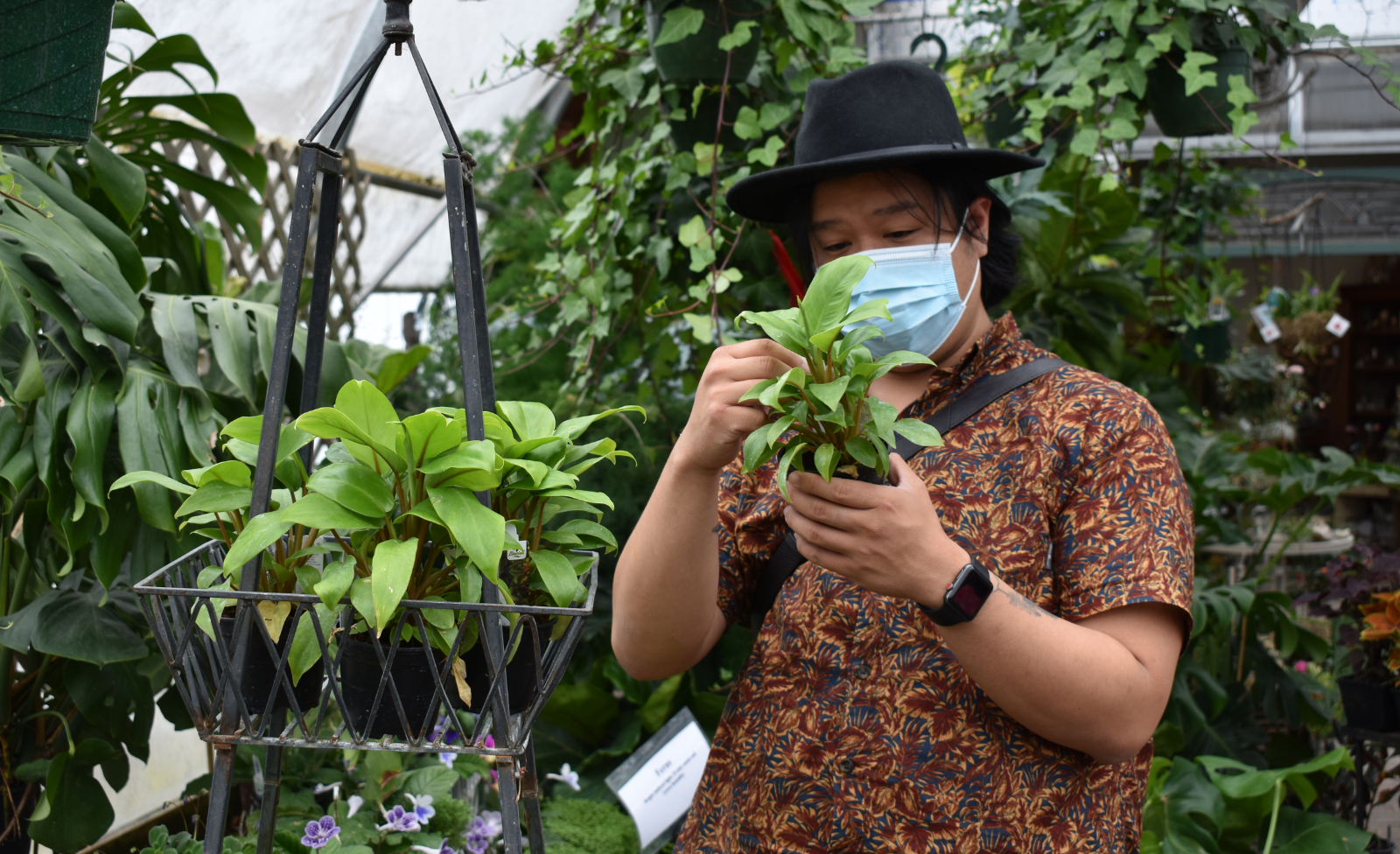

Plant Nook podcaster Armando Villa-Ignacio, 28, a park naturalist at Beaver Lake Nature Center, credits his mother and grandmother with introducing him to ornamental gardening. He remembers a big bay window in his grandmother’s dining room and the typical houseplants that filled it, which he helped water and prune. In a proper, warm podcast voice, Villa-Ignacio, who has jet-black hair and a silver horseshoe ring that hangs from his septum, shares over Zoom what his grandmother taught him about design and the reason why certain plants go in certain places or belong together. She enjoyed leveraging color with outdoor gardening, placing impatiens, a favorite, under large hydrangeas to create levels of color. She also taught him a lot of the basics, such as where to put plants to get enough sunlight and how to properly water the plants. His mother, on the other hand, taught him about taking care of edible plants and skills such as maintaining a raised bed. Villa-Ignacio recalled learning from his mother the medicinal purposes for plants such as ginger or banana leaves, which is part of Eastern medicine as a whole and reinforces their Filipino heritage.
But now, Villa-Ignacio dispenses the advice. “In terms of houseplants,” he says, “they both turn to me now.” he says. But it’s not just his family. About 100 to 200 listeners tune into his podcast, which started as a way to act on his hobby and connect with people. The pandemic offered him loads of time to do so. “For me, it only matters if one person is listening and they’re enjoying it,” Villa-Ignacio says. Within its 50 episodes, as of April 18, the weekly podcast covers topics that range from basic to thought-provokingly expansive — from a primer on the easiest houseplants to own to the intersection of Black culture and horticulture.
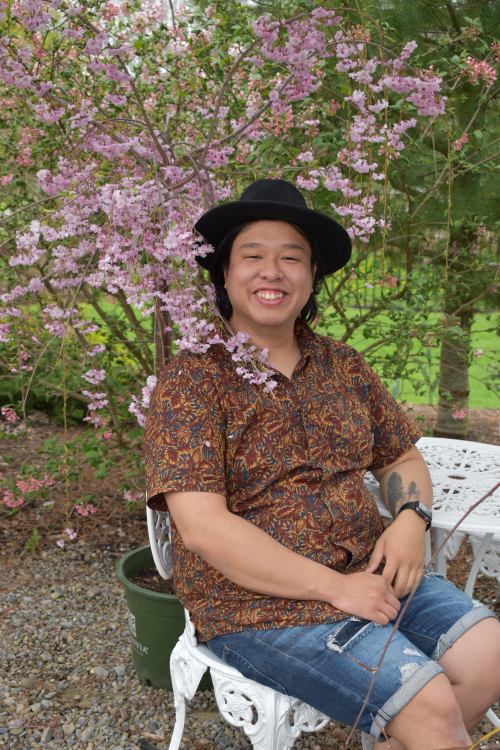
After a class trip to Beaver Lake Nature Center, Villa-Ignacio applied for a part-time position as an associate naturalist, earned the position, and was promoted to park naturalist in 2018. Photo by Emily Johnson.
In a recent episode, Villa-Ignacio focused on how plants positively impact our mental health. “The reason why I did the podcast was mainly for my benefit because I just felt like I needed to talk about it,” he says, adding that plants have helped him during the pandemic by raising his mood and keeping him on a schedule. His plants and their care created a routine. “Having the plants, but also having the podcast, kept some form of consistency,” Villa-Ignacio says. “Having the consistency just kept me mentally going, because it just felt normal.”
Many others turned to plants during the pandemic. The plant community as a whole has grown exponentially within this last year. Villa-Ignacio considers himself a relatively new plant parent. He said that since about 2019, there are millions of people who have started getting into houseplants and learning about them. He believes that part of this new growth in interest could be because there is nothing else to do. The shared interest leads to interacting with others, even if that was not the initial intention. “I think we’re all missing that interaction,” Villa-Ignacio says. According to the article Covid lockdowns turned buying plants into the next big pandemic trend — for good reason by Emily J. Sullivan, company representative Gerardo Marin said that when the plant store California Tropicals first opened up in 2019, they were selling 10-20 orders a day. After the pandemic hit, the store began selling nearly 200 plants a day.
In Courtney Moore’s article Target partners with Hilton Carter on a plant-focused home décor line, retailers such as Target have also hopped on the planty bandwagon. The article cites chief merchandising officer Jill Sando, who says that searches for plants on Target’s website had increased over 300 percent within the last year, proving that people are trying to find more ways to have comfortable surroundings. Target teamed up with Hilton Carter, an interior stylist and plant enthusiast with nearly half a million followers on Instagram, to create a limited collection of planty home decor products.
Initially, he tried YouTube, but the medium failed to engage him. Audio, however, felt right. He also continues to use Instagram to keep plant parents updated on the podcast. Because Villa-Ignacio says he loves to talk, he decided to create a few episodes to see how things would go. “It just seemed like the correct medium for me,” he says. Eventually, he made connections with some other podcasters who gave him advice. Most warned him about how the constant need to create more episodes can lead to burnout, so they suggested he take breaks. “For me, connecting with those people has helped me really enjoy podcasting,” he says.
When it comes to the process of creating a podcast, Villa-Ignacio shares that coming up with topic ideas consumes the most time. He keeps lists of topics, but it all depends on what he wants to specifically talk about for the upcoming week. After he decides on an idea, he types up everything he knows about the topic before researching additional information. Then, he writes up a script in a conversational tone to appeal to listeners and to avoid sounding like a scientific paper, including personal experiences to distinguish his show from other plant podcasts. He sets a few hours aside once a week to record and edit the episode and tries to create a fun, creative title for each episode.
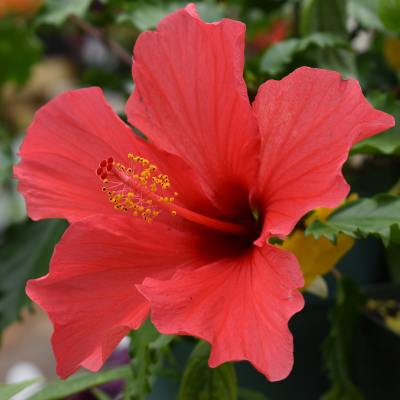
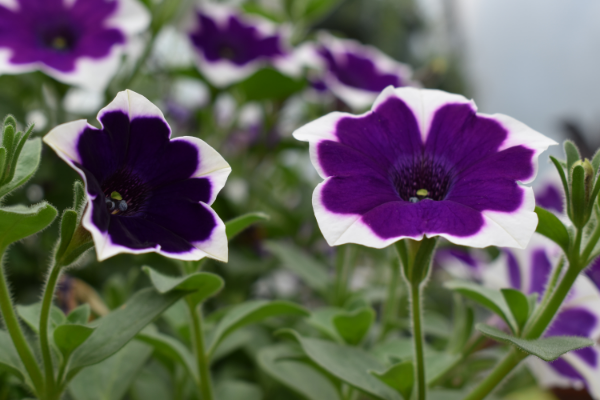
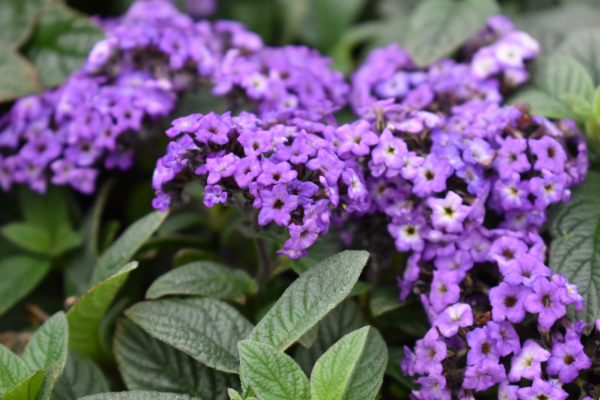
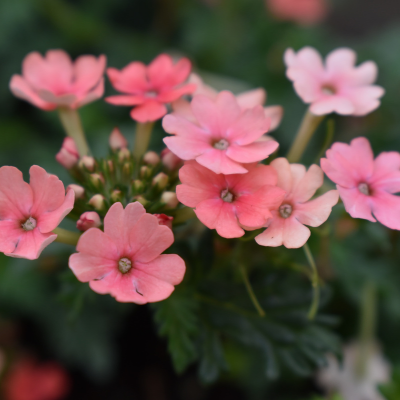
Villa-Ignacio credits his grandmother with introducing him to ornamental gardening, design, and how to leverage plants to create levels of color. Photographs by Emily Johnson.




Villa-Ignacio credits his grandmother with introducing him to ornamental gardening, design, and how to leverage plants to create levels of color. Photographs by Emily Johnson.
When Villa-Ignacio isn’t creating content or working at the nature center, he occasionally hosts “Planty Cocktail Hour” on Zoom. The virtual sessions offer more than plant discussions, providing a forum for fellow plant enthusiasts to get to know each other and for fans like Jenn Lei-Cohn to chat with Villa-Ignacio. Lei-Cohn says she found the podcast while doing a search for shows devoted to plants and has been listening for about nine months. “I like listening to him talk,” she says. “His voice is soothing.” Lei-Cohn says Villa-Ignacio does his research and explains topics well — from the plant curious to experienced plant parents.
“He encouraged me to be a better plant mom,” Lei-Cohn says. “Also, that sometimes life happens and plants do die, but that doesn’t mean you have to give up on your plants because you don’t have time.” She says he reinforces that idea that although plants do need attention and nurturing, it’s OK to miss a week of watering sometimes. “Plants are supposed to be therapeutic and not cause stress,” she says.
“He encouraged me to be a better plant mom,” says listener Jenn-Lei-Cohn.
In a recent episode, Villa-Ignacio discussed the representation of people of color in the plant community. He used this episode to talk about his six years at Beaver Lake. This year will be his last at the center, as he is moving to Colorado to pursue his master’s degree in horticulture at Colorado State University. Originally from Long Island, he came to Syracuse to study conservation biology at SUNY ESF. There, he learned about the interaction between people and plants and how plants connect to culture. In fact, an environmental education class in his program brought him to Beaver Lake. In the class, students worked with environmental groups such as the nature center and the Department of Environmental Conservation. When the director of Beaver Lake spoke to his class, she encouraged anyone looking for part-time work as an associate naturalist to apply. Villa-Ignacio did and earned the position as an associate naturalist in 2015. He was promoted to park naturalist in 2018.
But when he began, he says some visitors did not take him seriously when he gave tours. He wondered if his age or his ethnicity informed visitors’ reactions, but thinks a lot of it stemmed from his young age. Fortunately, he says most tour-goers shared that they learned a lot at the end of the tours. After a year, he believes he has become a solid park naturalist with the ability to convey science in an approachable, understandable way. Receptionist and volunteer Rita Ford, who has been visiting Beaver Lake since 1974, agrees. She met Villa-Ignacio through the walks that he would guide on Saturday and Sunday afternoons. She also would attend the owl walks he led on Friday nights. “He is very knowledgeable, very easy to talk to, and he has a kind disposition,” she says. “He never made you feel like you were asking a stupid question.”
Beaver Lake employees also teach local children. Students come to the nature preserve to learn about a range of topics, including the life cycle, mammals, or general ecology – as in everything that goes on in a forest. Many of the children they teach are students from the Syracuse City School District. Villa-Ignacio says that a lot of these children lack access to nature, and he often gets questions from students about how to enter the field. “The biggest thing about being a BIPOC person at the Nature Center is being able to easily relate to a lot of the visitors we have — especially the kids who might not have known that this was a possibility in their life, because a lot of them do say, ‘I didn’t know you could do this,’” he says.
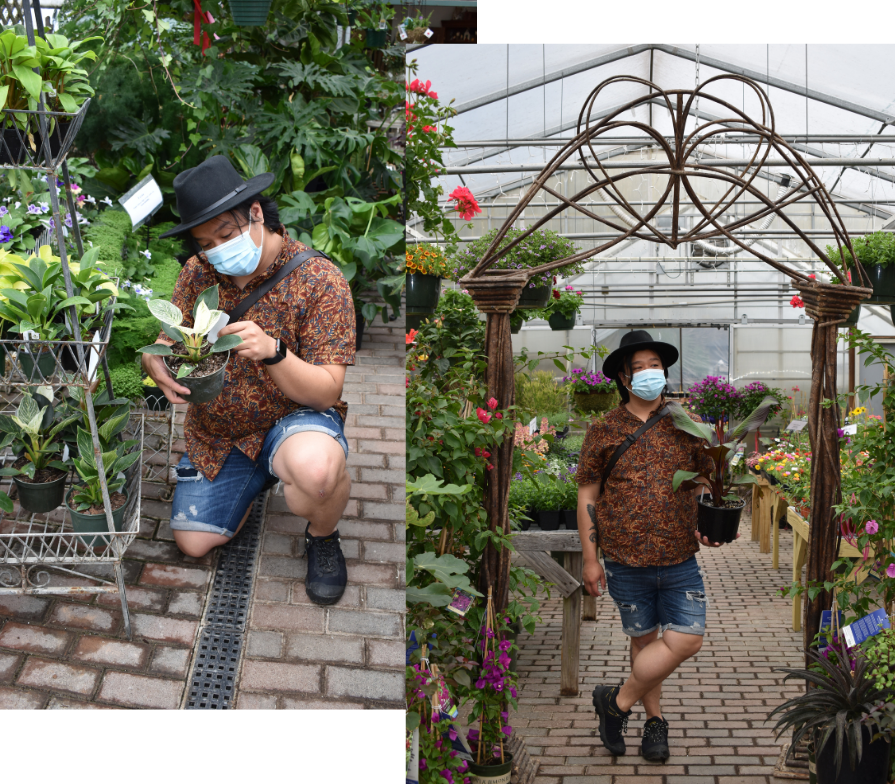
To create each episode of his podcast, Villa-Ignacio spends a lot of time thinking about topic ideas. After he settles on an idea, he writes down what he knows, does additional research, and then creates a script in a conversational tone and with personal anecdotes. Photographs by Emily Johnson.
In the plant podcasting world, representation varies. Villa-Ignacio, who identifies with the LGBTQ+ community, says there are quite a few queer plant podcasters, such as Plant Daddy Podcast. But the same cannot be said of Asian representation. “It was really eye-opening when I realized, finally, that there wasn’t a lot of Asian representation in podcasting for plants specifically,” he says. Villa-Ignacio only knows of one other Asian man who has a plant podcast, adding that the plant podcast community is predominatly white and cisgender. He has met other Filipino plant parents, but he has yet to encounter another Filipino plant podcaster. In fact, a Disney Christmas short based on Filipino culture, called From Our Family to Yours, highlighted for him the importance of representation. “With every little thing that I saw, I was like, ‘Wow, this is what a lot of people of color feel like when they finally see their culture being represented,’” he says, adding that it brought him to tears.
Although Villa-Ignacio does not talk a lot about his culture as it relates to his plants in his podcast, he has plans to do so in the future. He remembers how his mother taught him that preparing plants a certain way and ingesting certain plants could help ease a stomach ache. “Cultural significance of plants is something I would like to learn about the Philippines,” Villa-Ignacio says. He and his sister moved to the U.S. when he was five years old, and he had to learn English as quickly as possible to integrate into society so they could start going to school. In doing so, he says he lost his native tongue, Tagalog, and most of his understanding and memories of Filipino culture. “The goal for me now is to sort of research that so I can talk about that specifically on the show,” he says, “and for my own benefit so I can learn a little more about my culture.”

Our pursuit of outdoor joy is remiss without the acknowledgement of the occupation of unceded Indigenous land. We are students and journalists working, writing, and living on the land of the Haudenosaunee Confederacy, comprising the Six Nations made up of the Mohawk, Onondaga, Oneida, Cayuga, Seneca, and Tuscarora nations. However, acknowledgement is not enough. Read More.